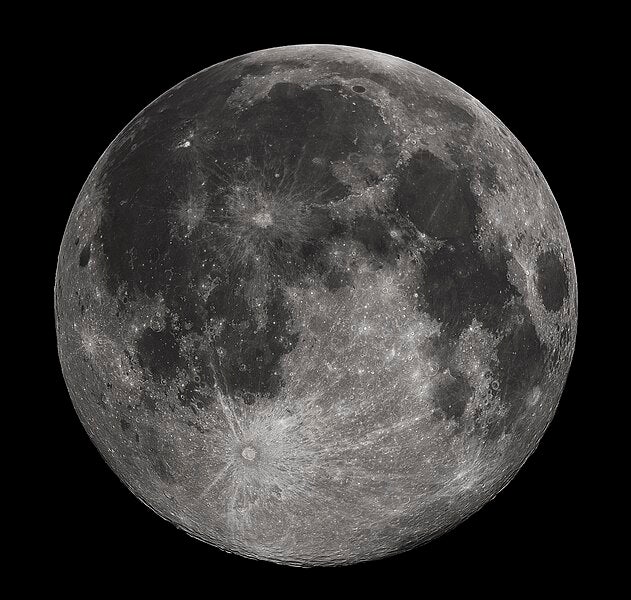The Full Moon has long captivated human hearts and minds, inspiring myths, tales, traditions, and agrarian activities. Let’s explore the different types of Full Moons, their meanings, and answer some common questions about this mesmerizing lunar phase.
The next Full Moon will occur at 4:24 p.m. Eastern on Saturday, Oct 28. Alison Klesman from Astronomy.com explains that the Moon will appear Full as it rises above the eastern horizon opposite the sunset across the U.S. There will also be a partial lunar eclipse on this day.
Here is the complete list of Full Moons in 2023 along with their traditional names (all times Eastern):
– Jan. 6 — Wolf Moon
– Feb. 5 — Snow Moon
– March 7 — Worm Moon
– April 6 — Pink Moon
– May 5 — Flower Moon
– June 3 — Strawberry Moon
– Aug. 1 — Sturgeon Moon
– Aug. 30 — Blue Moon
– Sept. 29 — Corn Moon
– Oct. 28 — Hunter’s Moon (4:16 a.m.)
– Nov. 27 — Beaver Moon (7:33 p.m.)
– Dec. 26 — Cold Moon
Full Moons occur when the Earth is positioned between the Sun and the Moon. This alignment allows the entire side of the Moon facing Earth to be illuminated by sunlight. The angle at which sunlight hits the lunar surface changes due to the Moon’s orbit around Earth, resulting in different lunar phases. The cycle from one Full Moon to the next, known as the synodic month or lunar month, lasts approximately 29.5 days. Although a Full Moon only exists at a specific moment of alignment, it appears full to our eyes for about three days.
Different types of Full Moons have distinct names that have cultural, agricultural, and natural origins. Native American, Colonial American, and other North American traditions have influenced many of these names, reflecting seasonal shifts and natural events. Some examples include the Wolf Moon in January, Snow Moon in February, Worm Moon in March, and Strawberry Moon in June.
In addition to traditional names, there are a few other terms associated with Full Moons. A Super Moon occurs when the Full Moon aligns with the lunar perigee, making it appear larger and brighter. A Blue Moon refers to the second Full Moon in a month. A Harvest Moon is the Full Moon closest to the autumnal equinox in September, known for its orange tint and extended moonlit hours beneficial for farmers.
Full Moons do not have a significant impact on human behavior, despite popular belief. Scientific research has largely debunked the notion that Full Moons influence restlessness or lunacy. However, the fascination and legend surrounding Full Moons continue to captivate our collective imagination.
Full Moons symbolize our connection to the cosmos and the rhythms of Earth. Whether you are an avid stargazer or simply enjoy admiring the night sky, Full Moons invite introspection and wonder. Look ahead to 2024 and mark your calendars for the upcoming Full Moons, as they will continue to inspire and captivate us.

